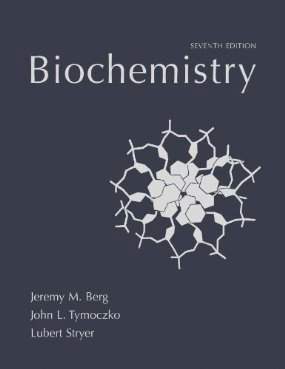Connecting...

For more information, please see full course syllabus of Biochemistry
Biochemistry More on Thermodynamics & Free Energy
This lecture specifically explains how to calculate the change in Gibbs Free Energy (ΔG) under standard and physiological conditions as well as how to add and subtract the values for multiple reactions. If ΔG is less than zero, the reaction will be spontaneous. If it equals zero, it is unable to do work and the system will be at equilibrium. It is possible to calculate the maximum theoretical amount of free energy a reaction can produce, even though a real-world reaction will produce much less. Reactions can also take place in many steps, so that the “net” product is the result of many different reactions. Enzymes can provide an alternate reaction pathway that enables endergonic reactions (ΔG > 0, non-spontaneous) by coupling them to exergonic (ΔG < 0) reactions.
Share this knowledge with your friends!
Copy & Paste this embed code into your website’s HTML
Please ensure that your website editor is in text mode when you paste the code.(In Wordpress, the mode button is on the top right corner.)
- - Allow users to view the embedded video in full-size.










































 Answer Engine
Answer Engine




1 answer
Mon Jun 27, 2016 7:44 PM
Post by Kaye Lim on June 14, 2016
Why enzyme Hexokinase is needed if the delG of the new coupled rxn is negative and spontaneous?
2 answers
Tue Nov 26, 2013 3:28 AM
Post by tiffany yang on November 13, 2013
Dear professor,
according to my study guide, delta G'= delta G' knot + 2.3 RT log Q
i think G'knot means:
prime means: pH seven, 55M water,
knot means one atm, 275 K is this correct?
my confusion is that why is there a prime sign on the equation of my study guide; whereas yours doesn't. I feel that there shouldn't be a prime on the left side of the equation, because we 're looking for the delta G at that moment, at a new condition, rather than ph7, 55M water, one atm, 275K........so I don't know why there's a prime sign on the left side. Does this mean that RT lnQ is being limited to ph=7,55M of water for the equation give by my teacher? so delta G on the left side always reflect the most current condition in regard to pH, water concentration....etc.
second question is why can we find "delta" G'knot by just using -RTlnK, I feel that since there's a delta, there should be a final - initial sort of thing. I mean how do we calculate delta if it's just at equilibrium, without knowing the condition it starts with.
Thank you so much. Your video cleared up so many of my confusion. You're incredible. I want to learn p chem from you next year too.